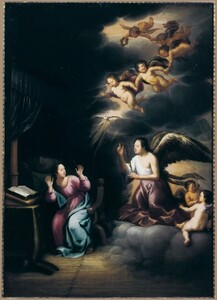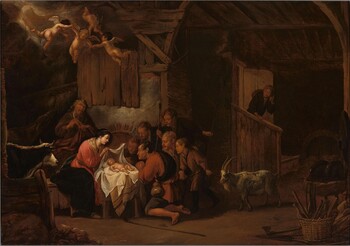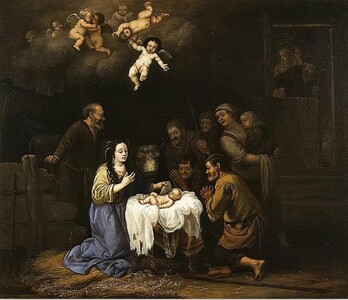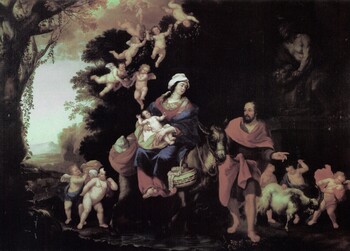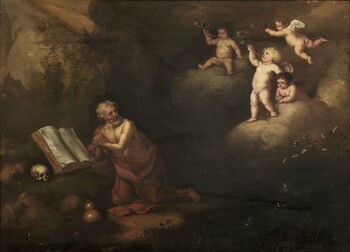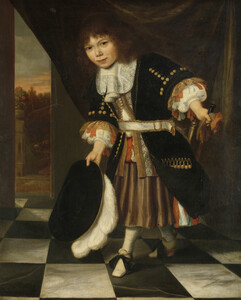François Verwilt
The Annunciation
Oil on panel : 64 X 49 cm
Singed lower left “V.wilt”
Saint Petersburg, Peterhof Palace
Unsold at Dorotheum Vienna, 24/03/04
Estimate : 12.000 – 15.000 € (+ buyer’s premium)
Unsold at Dorotheum Vienna, 10/10/04
Estimate : 6.000 – 9.000 € (+ buyer’s premium)
This is a comparative item
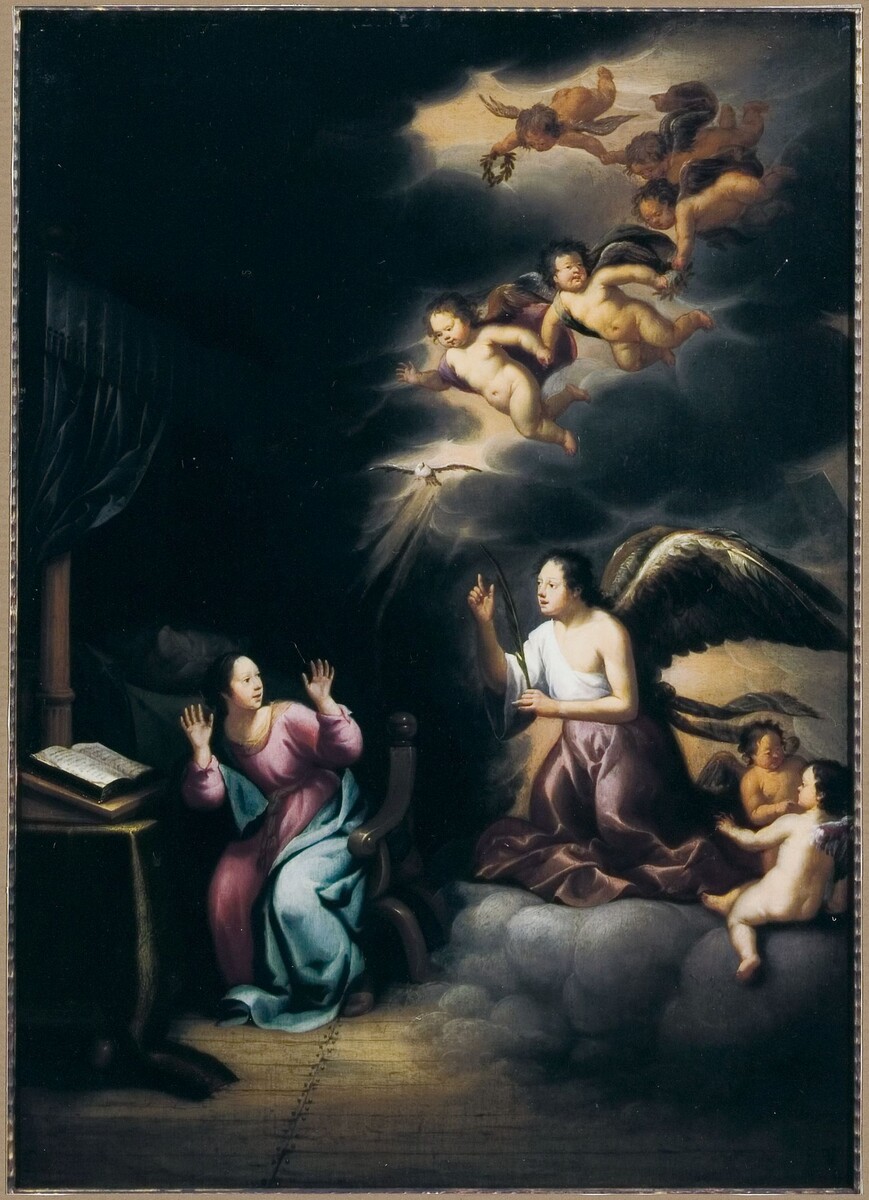
Painting for Sale
Verwilt, François
"The Adoration of the Angels"
Comparative paintings
Click photos for more details

